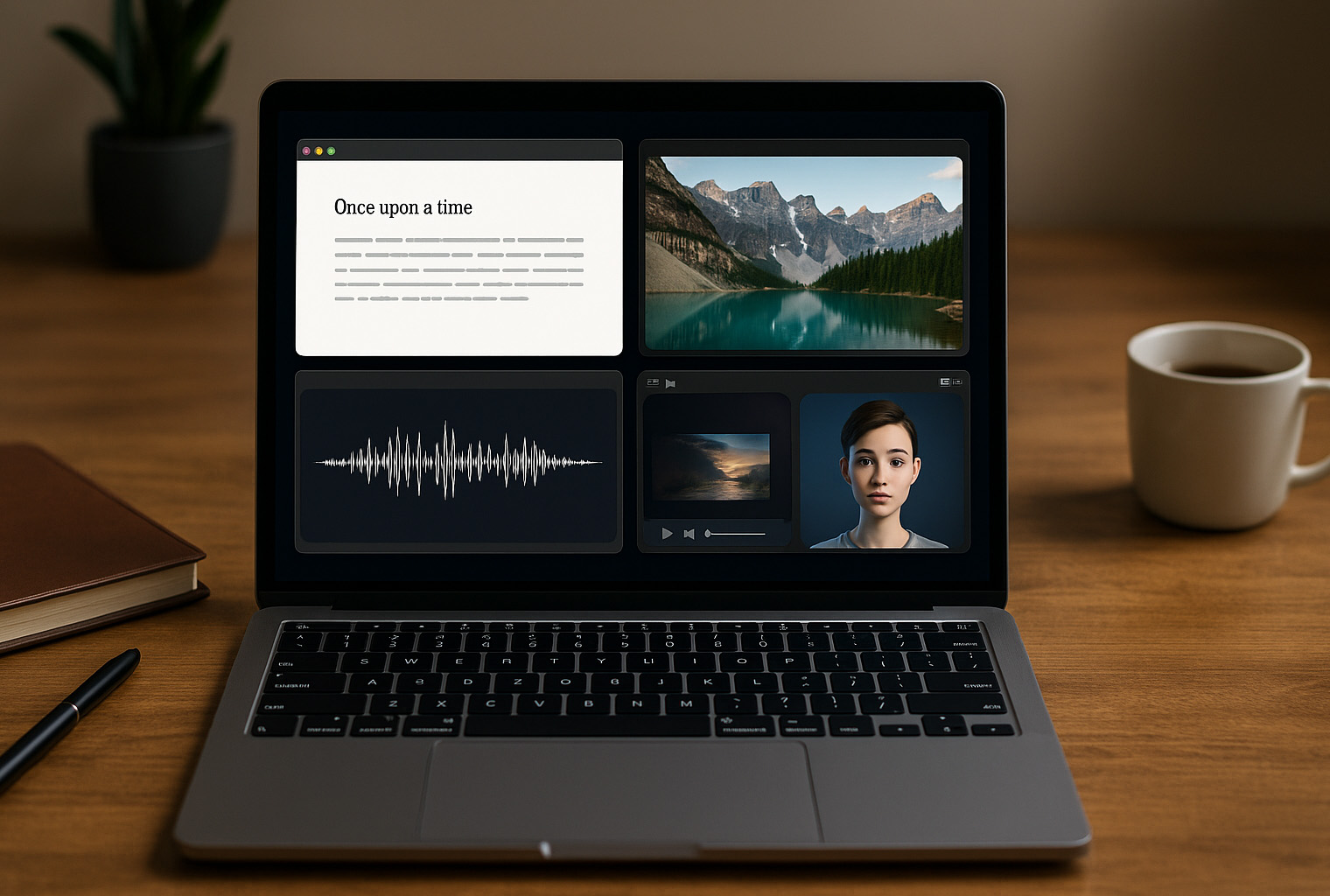AI and Emotional Intelligence: how AI recognizes and expresses emotions in art
Artificial intelligence is revolutionizing art by recognizing and expressing emotions in visual works, opening up new possibilities for interactive and emotionally resonant art experiences. This technology brings a new dimension to art-making and the interaction between artist, work and viewer, while raising ethical and philosophical questions about the authenticity and meaning of AI-created art.

Emotions play a key role in artistic expression and interpretation. Traditionally, art has been the means through which artists have expressed their emotions and feelings. Recently, however, artificial intelligence (AI) has begun to play a significant role in this domain, opening up new possibilities for the recognition and expression of emotion in art. This paper will explore how AI can recognize and express emotions in artwork, and what implications this has for the future of art.
AI and emotion recognition
AI can recognise emotions thanks to advanced machine learning and image processing techniques. AI algorithms are able to analyse image elements - such as colours, shapes and compositions - and identify the emotions they convey. For example, dark colors and chaotic patterns can be interpreted as expressing sadness or confusion, while bright colors and harmonious patterns can convey joy or peace.
AI as a tool for expressing emotions
AI not only recognises emotions, but can also express them in artwork. With the help of algorithms, AI can create visual works that reflect certain emotions. This is done either by following predetermined rules (for example, using certain colours to express certain emotions) or through "learning" from humans, where AI analyses artwork created by humans and learns what different emotions look like.
AI interaction and human emotions
An interesting area is the interaction between AI and human emotions. Some current projects are exploring how AI can respond to human emotions in real time and create artworks that are a direct response to those emotions. This may lead to a new form of interactive art where the emotions of the viewer directly influence the artwork being created.
The future of emotions in AI art
The future of AI in the arts offers fascinating opportunities. Firstly, it allows for the creation of artworks with a new level of emotional depth, but it also offers new forms of interaction between artist, work and viewer. A number of ethical and philosophical questions arise in this area, particularly regarding the authenticity of emotions expressed through AI.
Conclusion
AI is changing the way we understand and interact with art. AI's ability to recognise and express emotion in artworks opens up new horizons for artistic expression and interaction. While AI cannot fully replace human creativity and emotional depth, it is becoming an important tool that expands the possibilities for artistic creation and interpretation.
This article was created by Vaibe.ai artificial intelligence.





